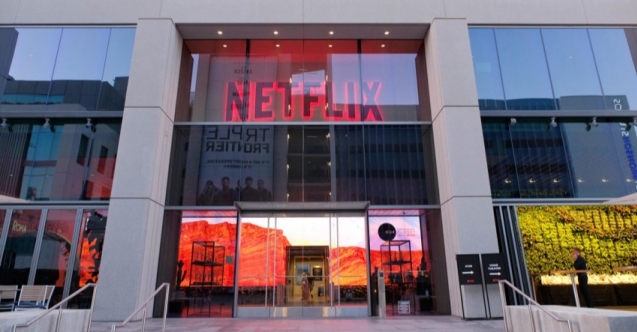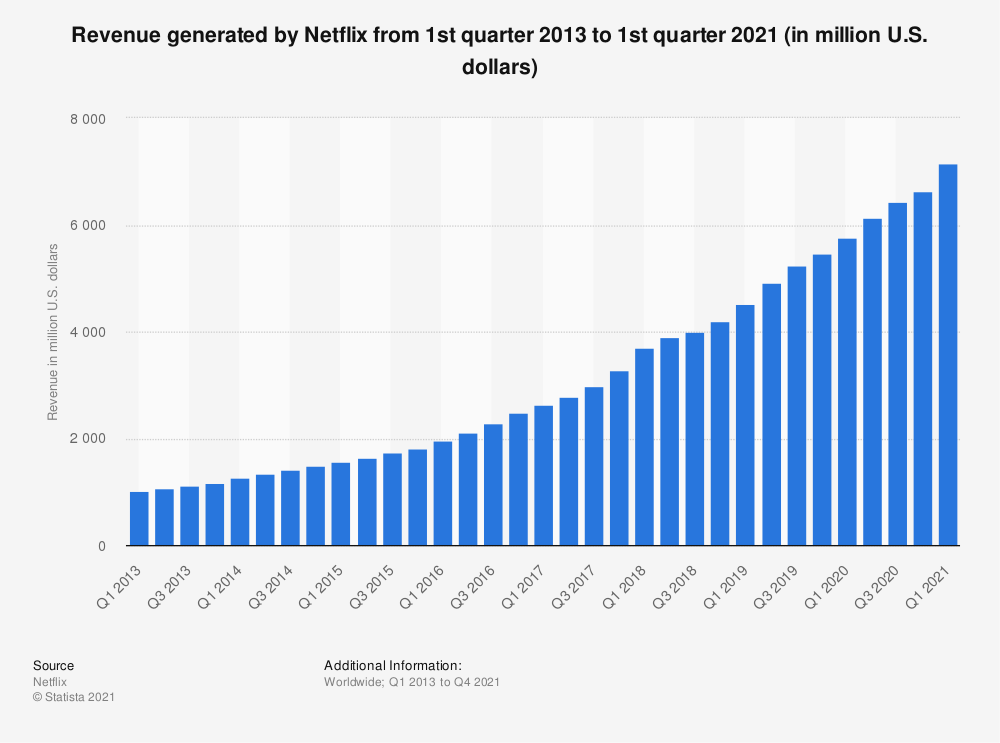Brief History
Marc Randolph[31][32] and Reed Hastings founded Netflix on August 29, 1997 in Scotts Valley, California. Randolph worked as a marketing director for Hastings's company, Pure Atria.[33] Randolph had co-founded MicroWarehouse, a computer mail-order company; Borland International later employed him as vice president of marketing. Hastings, a computer scientist and mathematician, sold Pure Atria to Rational Software Corporation in 1997 for $700 million in what was then the biggest acquisition in Silicon Valley history. The two came up with the idea for Netflix when commuting between their homes in Santa Cruz and Pure Atria's headquarters in Sunnyvale while waiting for government regulators to approve the merger,[34] although Hastings has given several different explanations for how the idea came about.[35]
Hastings invested $2.5 million in startup cash for Netflix.[36][16] Randolph admired the fledgling e-commerce company Amazon and wanted to find a large category of portable items to sell over the Internet using a similar model. Hastings and Randolph considered and rejected VHS tapes as too expensive to stock and too delicate to ship. When they heard about DVDs, first introduced in the United States on March 24, 1997,[37] they tested the concept of selling or renting DVDs by mail by mailing a compact disc to Hastings's house in Santa Cruz. When the disc arrived intact, they decided to take on the $16 billion home-video sales and rental industry.[34] Hastings is often quoted saying that he decided to start Netflix after being fined $40 at a Blockbuster store for being late to return a copy of Apollo 13, but he and Randolph designed this apocryphal story to explain the company's business model and motivation.[34]
Netflix launched as the world's first online DVD-rental store, with only 30 employees and 925 titles available—almost the entire catalogue of DVDs at the time[38]—using the pay-per-rent model, with rates and due dates similar to those of its brick-and-mortar competitor, Blockbuster.[39][34]
Netflix's initial business model included DVD sales and rental by mail, but Hastings abandoned the sales about a year after the company's founding to focus on the initial DVD rental business.[9][16] Netflix expanded its business in 2007 with the introduction of streaming media while retaining the DVD and Blu-ray rental business. The company expanded internationally in 2010 with streaming available in Canada,[17] followed by Latin America and the Caribbean. Netflix entered the content-production industry in 2013, debuting its first series House of Cards.
Since 2012, Netflix has taken more of an active role as producer and distributor for both film and television series, and to that end, offers a variety of "Netflix Original" content through its online library.[18] By January 2016, Netflix services operated in more than 190 countries.[19] Netflix released an estimated 126 original series and films in 2016, more than any other network or cable channel.[20] Their efforts to produce new content, secure the rights for additional content, and diversify through 190 countries have resulted in the company racking up billions in debt: $21.9 billion as of September 2017, up from $16.8 billion from the previous year. As of December 31, 2020, the company had $16 billion in long term debt, which it accumulated to fund its growth.[8][21] $6.5 billion of this is long-term debt, with the remainder in long-term obligations.[22] The company is ranked 164th on the Fortune 500[23] and 284th on the Forbes Global 2000.[24] In October 2018, Netflix announced it would raise another $2 billion in debt to help fund new content.[25] On July 10, 2020, Netflix became the largest entertainment/media company by market capitalization.[26] During the 2010s decade, Netflix was the top-performing stock in the S&P 500 stock market index, with a total return of 3,693%




